Over a month ago, I started creating digital art and practicing my art skills that gone in time. I am rediscovering my passion for drawing and painting as the last time I draw was at least two years ago, a banner for my cousin's wedding. Starting over is always hard and disappointing. I may not be as good as a master painter, but I do make decent arts before.
As I start practicing my sketching skills, I find the repetition of what I produce boring despite being fruitful to my skills. I may continue to produced art from my hand, but my day job limits me to do more hours of practice. But I was eager to join and create artwork again and join the digital illustrations and NFT trend. I find a way to produce art at a faster pace but still pleasing. I was fortunate to come across AI tools that can create art.
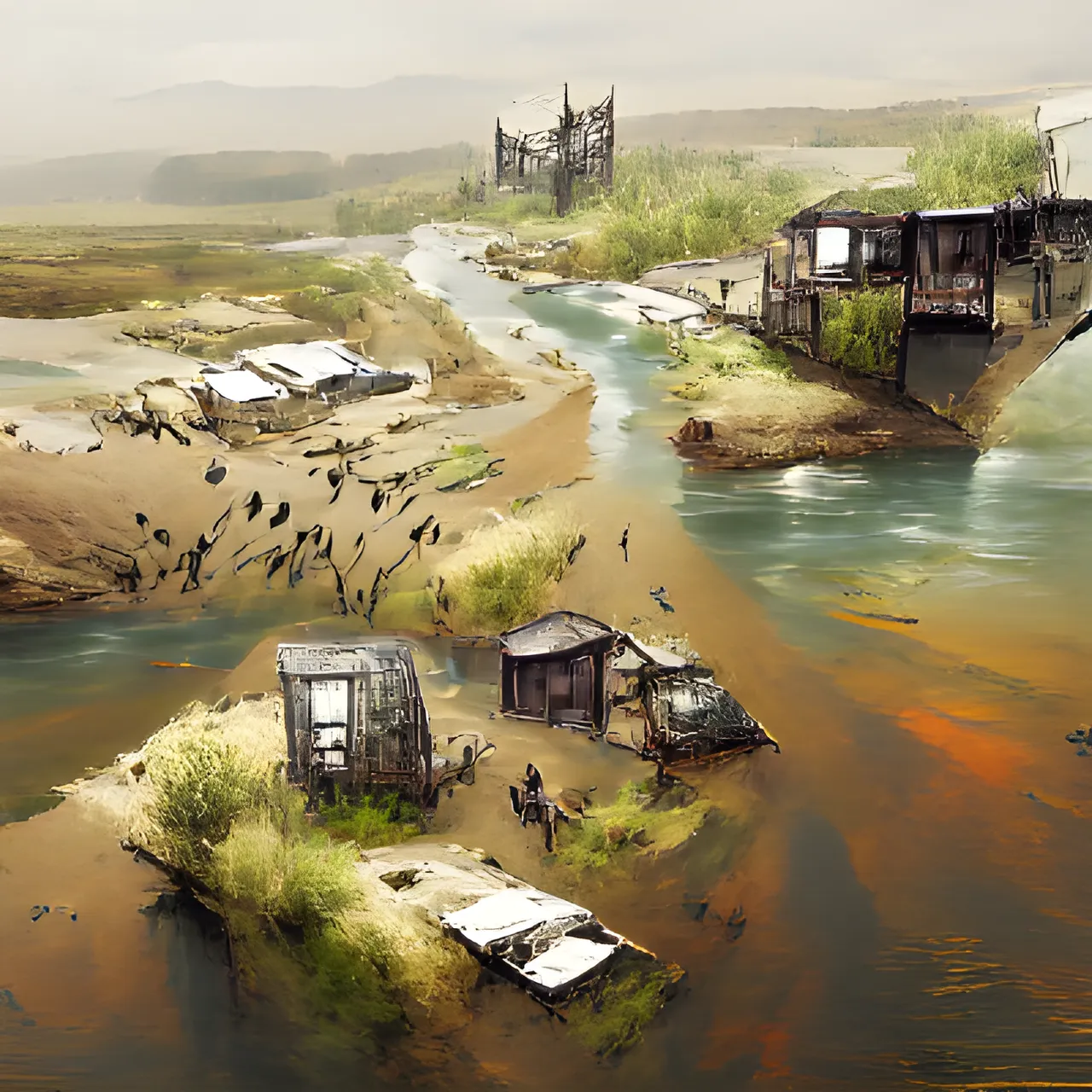 |
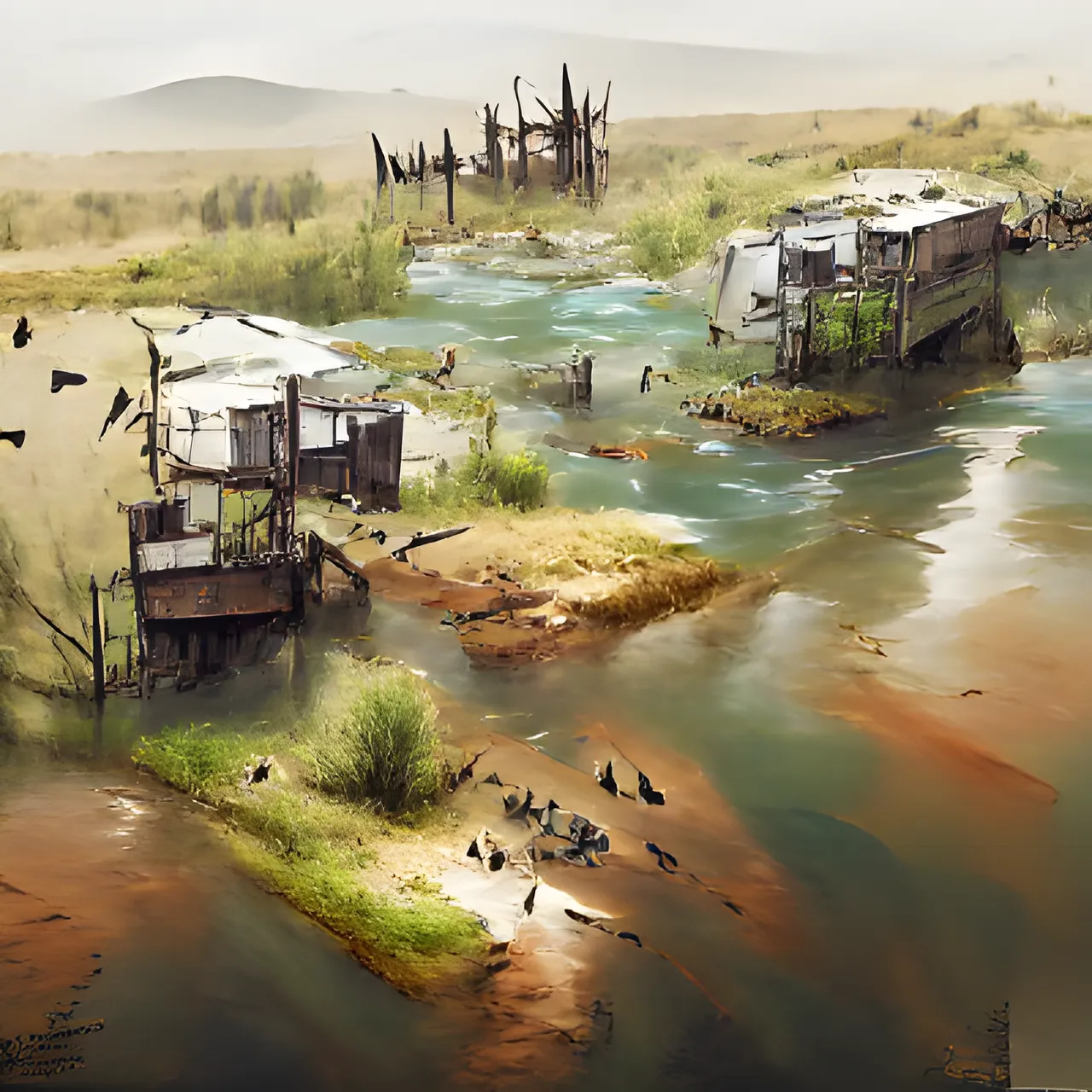 |
At a glance, we look at AI arts as an easy, one-click artwork, but we are wrong. When we create AI art, we need to experiment and understand how to make the output better. Sometimes it is about understanding how the model works. We also need to account for how we structure our prompts and post-processing the artwork to look better. As I shared previously, the structure of our prompts affects how the AI model generates our artwork. I have shared spelling accuracy, a prompt for the art style, and our choice of words changes how our illustrations materialize.
In the second round of experiments with VQGAN +CLIP, I tried to make artworks depicting a world after an apocalypse. I was expecting that I would see a post-apocalyptic world often exists in sci-fi books and movies. But I am lowering my expectation at the same time since I might see in the illustration just patches of the earthquake, hurricane, or flooding photos. Aside from the theme of my prompt consisting of apocalypse and concept art, I was trying to observe if the AI model replicates an output over a series of iteration of the same prompt.
I had run the experimentation over the last two weeks and repeating only one prompt. I was astonished that, throughout the experiments, I was able to see some of the output has an uncanny resemblance of elements in the illustration to the previous one but is still not a replica. For example, the artworks above. The first artwork seems a wide-angle view of the apocalyptic world. We can see five ruined buildings, but the later illustration is seemingly the future state of the former, where the building remains washed out over time. Those output illustrations are the succession when I run the experiment.
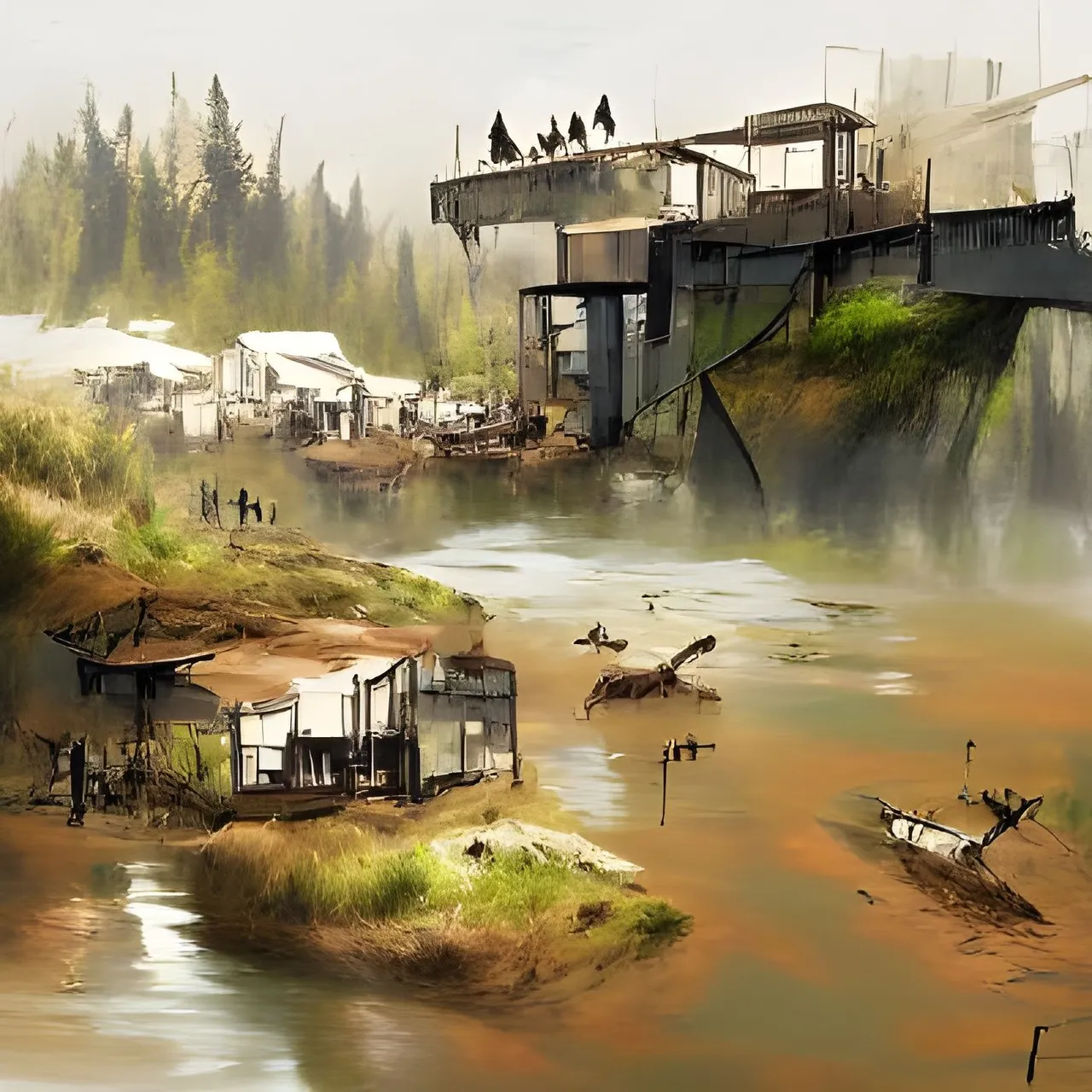 |
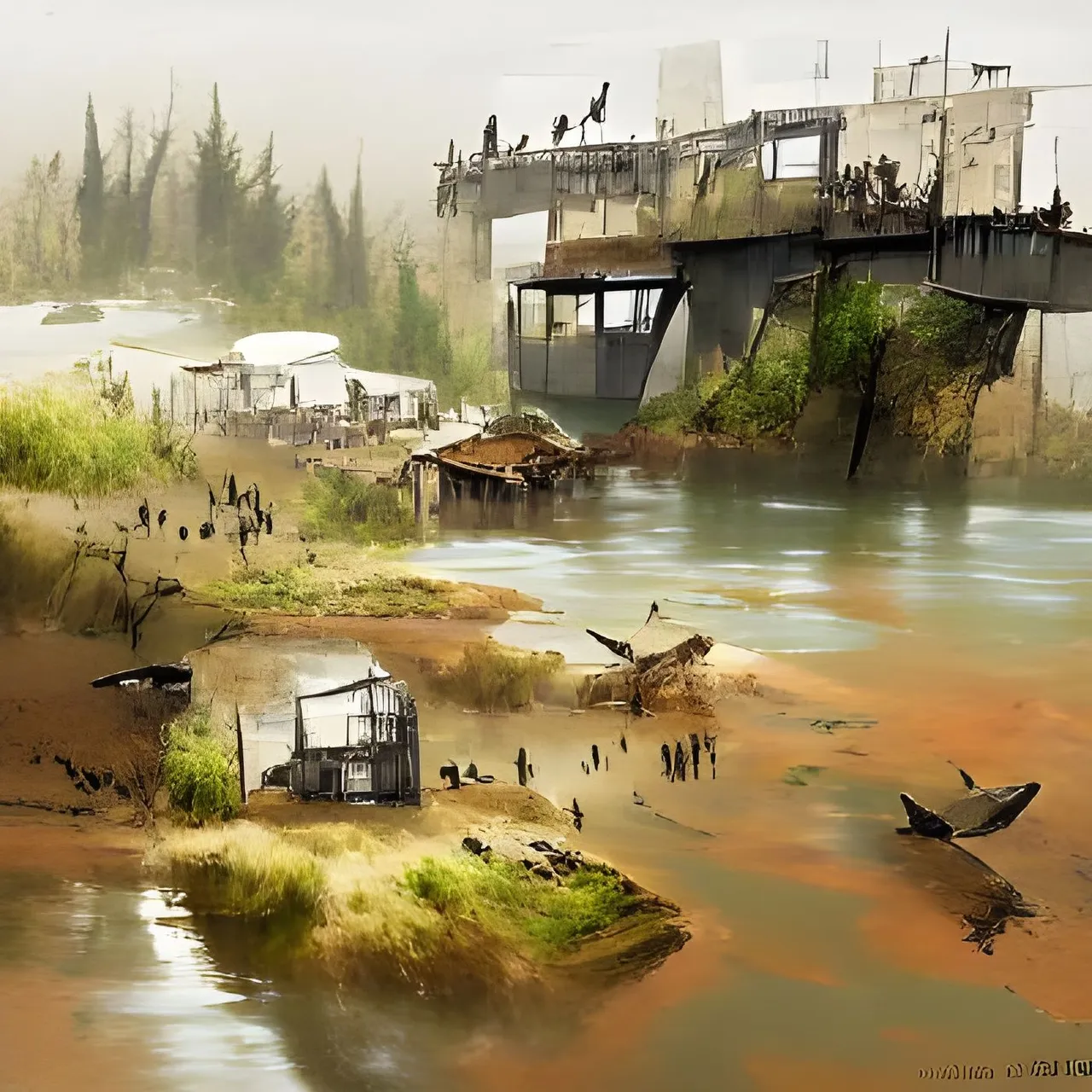 |
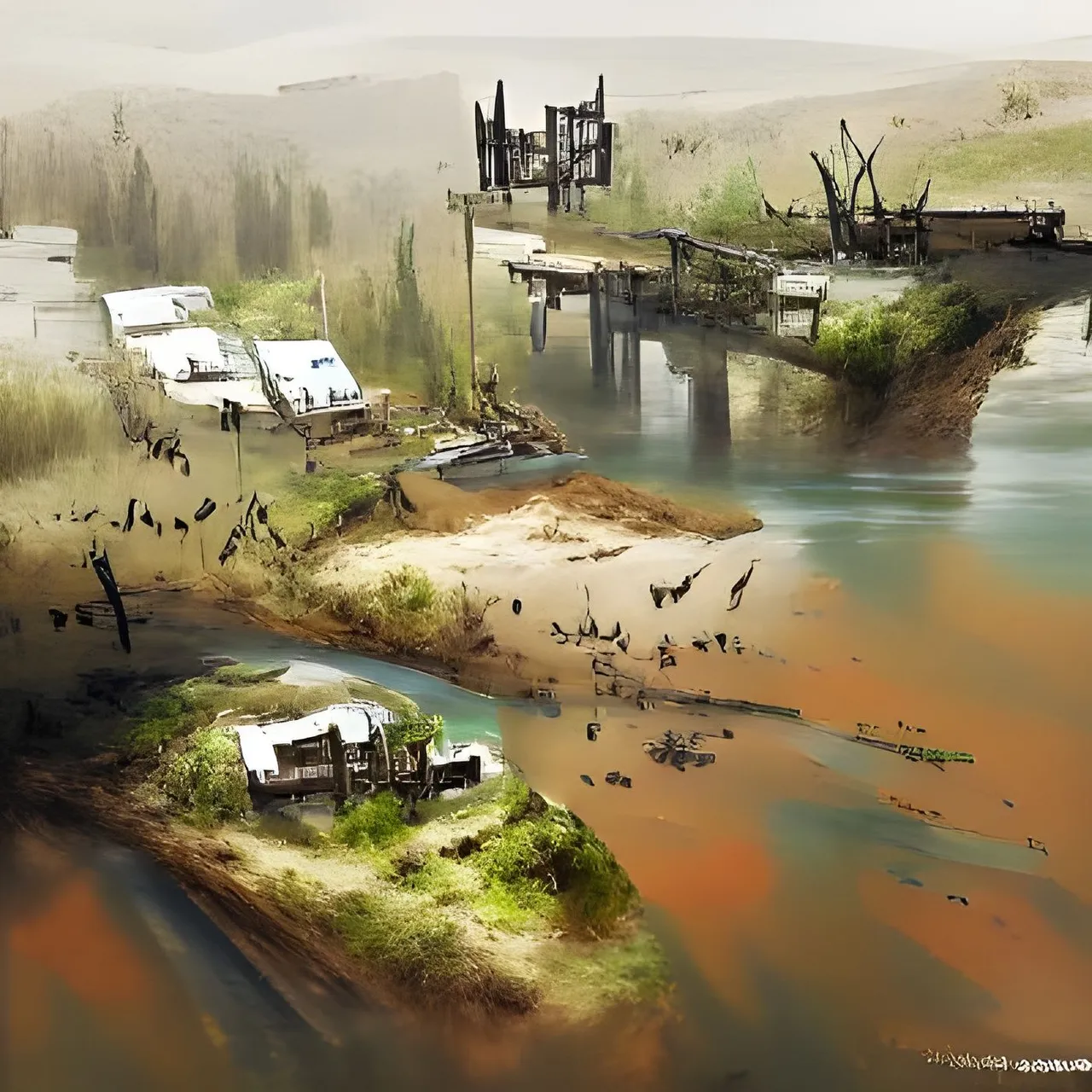 |
As I reflected on what transpired, I was eager to replicate the result. I did run countless iterations to come up with the next set of artworks. The four output illustration evolves from the first image. It is as if the elements are a future state of the previous one. I still don't know why the result seems to produce the illustrations in succession that ostensibly related to the previous one. I speculate that maybe the successful running of one prompt allowing the AI model to predict what happens next or evolve from the prior result. It happens even without having to set the previous image as starting image. Is it amazing? Yes, it is.
Due to the result, to satisfy my curiosity, I did look up a scholarly article to at least understand what happened. I didn't fully get all facts from the papers, but VQGAN+CLIP and similar AI art used GAN and autoregressive models to synthesis the image despite not training the model. I presumed that as we used the model over and over again with the same prompt. It may have learned the prompt that enables it to generate a future state of it. But I am not still sure about that.
At first, I think the illustration below is just one of the outputs with patches of images that failed to form. As I took a closer look, I was in awe of what I realized. If the prior output is the past state and the new result is a future state. Then, it will tell a bigger story. The latest four artwork shows how the facades became a ruin and washed up in the water, but, accounting for the blurry white walls in the illustration below, it seems walls of a new city or metropolis (established after the apocalypse). Again, these are not scientific, and it may just be a coincidence.
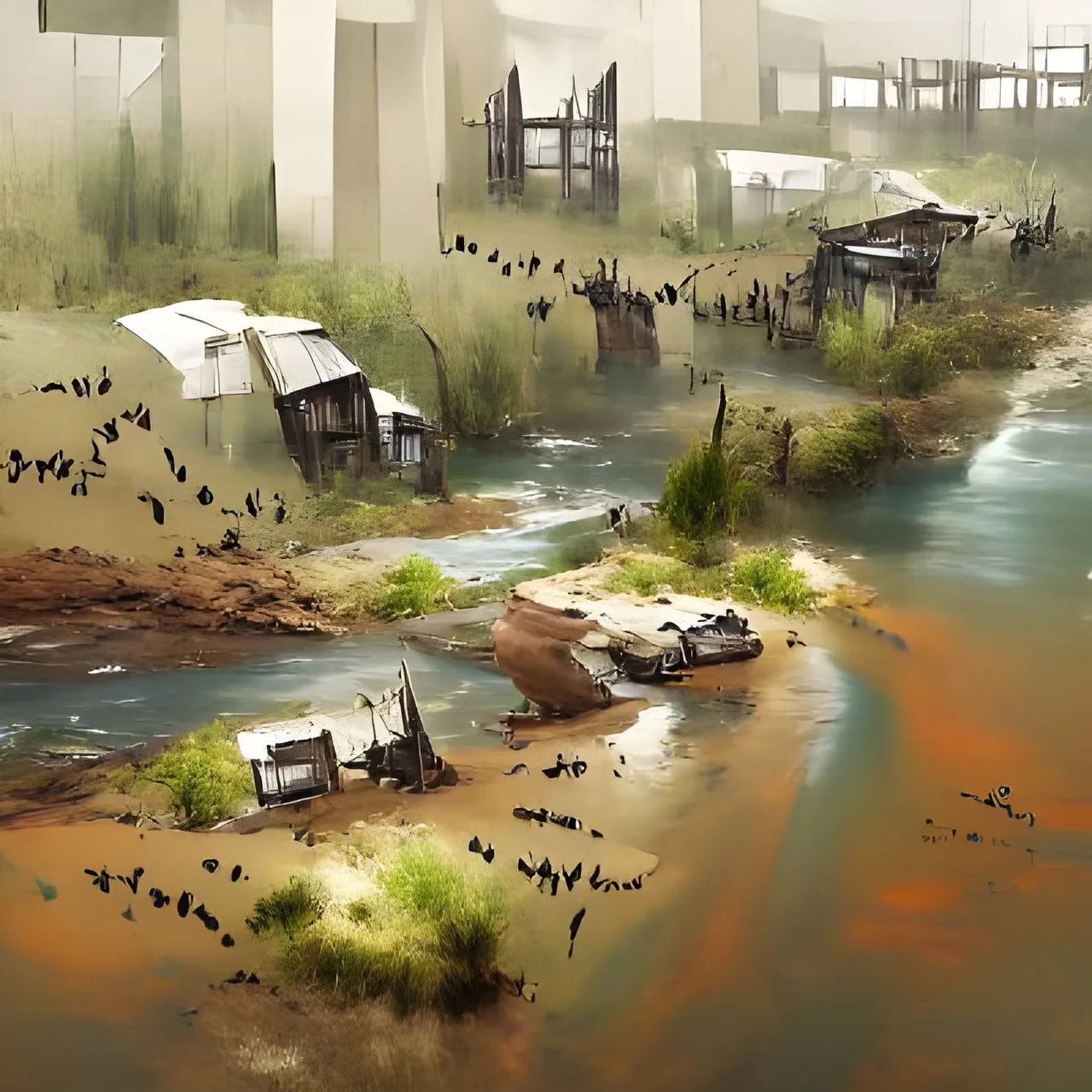 |
As concluding thoughts, AI has been used to predict or forecast future values. It may be speculative and coincidental that my AI artworks evolve from the former results. It may be because the model learns the prompt well or just a needle-on-a-haystack moment, but I guess there is more to the AI art and create masterpieces from a prompt. This round of experiments and creative pursuit exemplifies my previous statement. Art is something we make to understand and express ourselves, and may AI do too. Despite arguments of whether it is art or not. AI art is an art and an expression of our creativity and craziness, sometimes.
| Author's Note: |
|---|
The artwork shown here are the best result since some are just a tapestry of images. To present what has transpired accurately, I did not edit any details in the artwork except for enhancing the resolution, color, and tone using Real-ESGAN and Photoshop. All content including digital illustrations is from the author. The illustrations are generated by VQGAN+CLIP (Notebook 1, Notebook 2 and Nightcafe) |
| NFT Gallery |
|---|
Check out After the Apocalypse at OpenSea |
